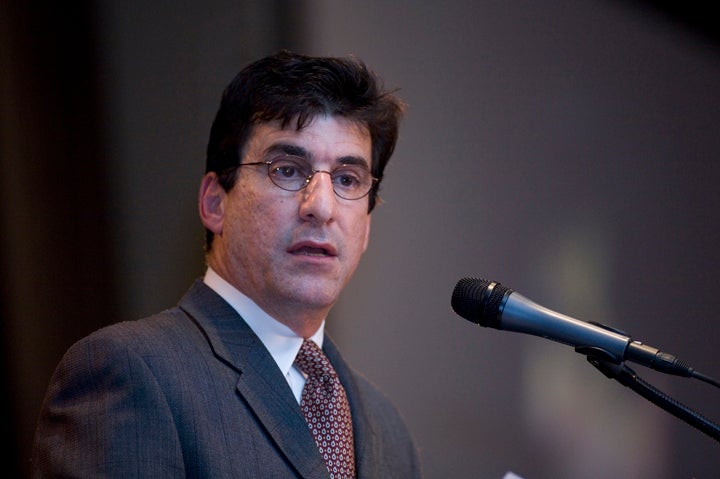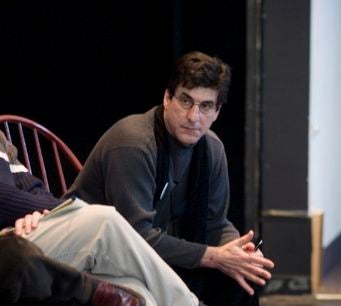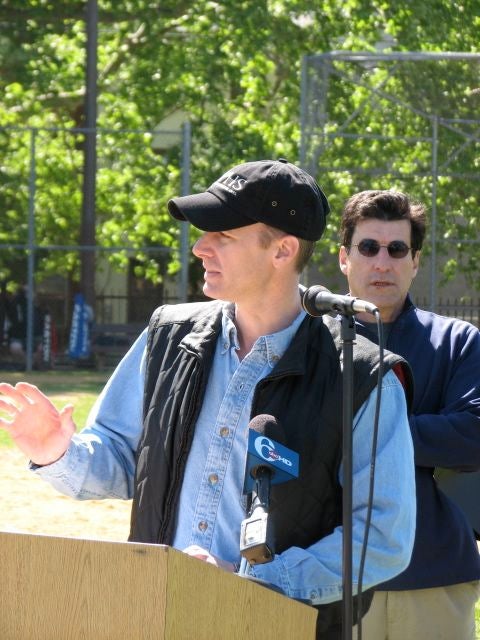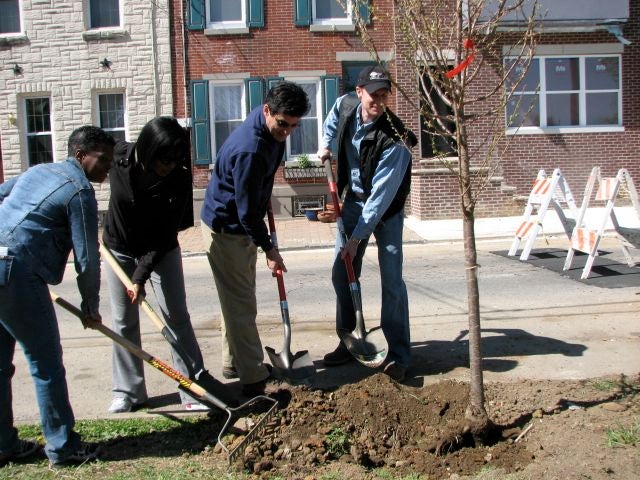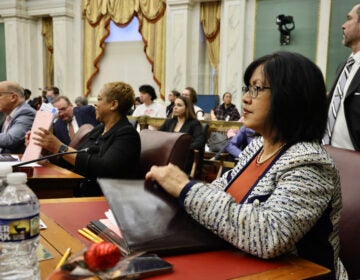Parks & Rec getting down to land disposition work
As we leave the summer behind, the new Parks & Recreation Commission is ready to get down to work, with its first meeting since the official merger scheduled for Sept. 22. PlanPhilly caught up with Commissioner Michael DiBerardinis to see how things will move forward.
PlanPhilly: Can you give us a look-ahead at the September meeting?
PlanPhilly: What are the specific issues that you’re wrestling with?
PlanPhilly: Some are afraid of too much councilmanic control. . . .
PlanPhilly: What are some differences between this commission and the last?
PlanPhilly: Has there been much progress on getting everything under one roof operationally?
PlanPhilly: And the advantages of that are?
PlanPhilly: Any ideas?
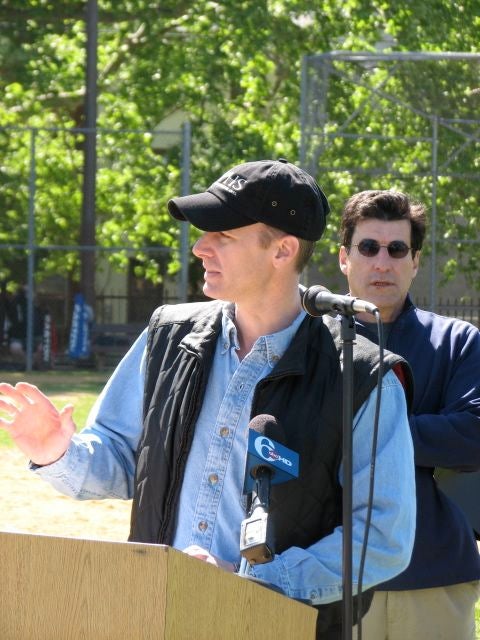
PlanPhilly: In general, which are stronger — the parks or the rec centers?
DiBerardinis: I’d say it’s uneven. The park’s strength is in taking care of the land, and the rec centers excel as programmers, although the rec centers are charged with some land stewardships and the parks do a lot of programming. One of the tricks is going to be how to make those strengths work in our favor. How do we align those skills and assets in the joined department to elevate everything?
PlanPhilly: And how to market them better?
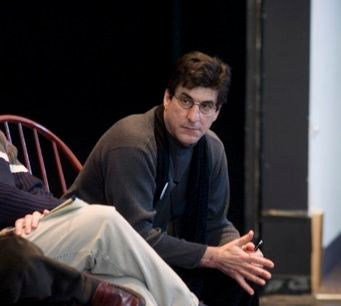
PlanPhilly: What have you learned from the cities that have been doing this for awhile?
In Seattle, they have a really great trail system and we can learn from them in terms of connectivity, maintenance, programming. Chicago’s big lesson is they have a dedicated funding source, they have taxing and bonding authority.That’s kind of wild. I’m not saying we could get that — but is there an opportunity for those kinds of things?
It’s not about copying these cities, but taking bits and pieces and adapting them to our own particular situations. For example, we like how Houston goes out and talks to the citizens, and we want to do something like that, too. There, it’s about “learn about this, learn about that,” whereas we want to learn from the citizens, to get their input on strategic objectives.
PlanPhilly: I would imagine that citizens are most concerned about the smaller neighborhood parks. What can you tell them about these assets?
DiBerardinis: They’re very important to us, and things are a lot better than in the ’90s when i was running the Recreation Department. At that time, half of the parks were in the rec system, and in such bad shape that I tried to give them away. If you went to Malcolm X Park or Jefferson Square or Gorgas Park, you would have seen neglected and underused facillties. Now today, they’re all good, if not consistently wonderful. They’re radically transformed.
I’m not saying there aren’t a few problem parks or that existing ones don’t need more work, but there is a relative perspective that has to be paid attention. This summer, there’s been literally hundreds and hundreds of evening programs at these parks and others throughout the system.
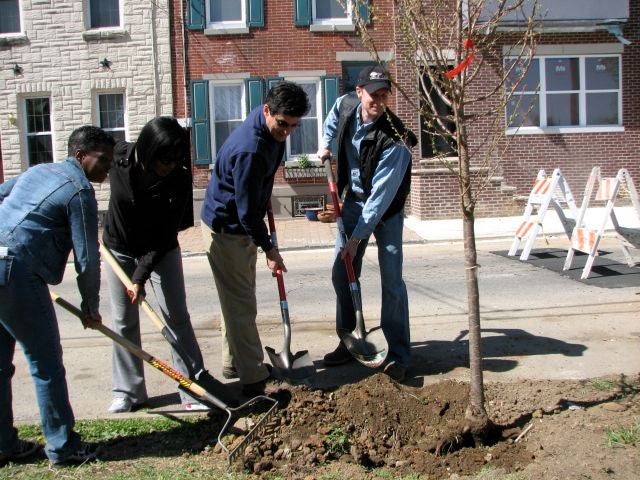
PlanPhilly: What do we owe that progress to?
DiBerardinis: They’re better taken care of thanks to some creative work by a dedicated staff and programs like using seasonal maintenance attendants. But it’s also due to an amazing partnership with the Horticultural Society and the Friends groups. It’s taken all three parties, any two alone couldn’t have done it. I think it’s one of the great success stories. . . .
PlanPhilly: It is, but it can still seem as if the city doesn’t hold up its end.
PlanPhilly: How do you plan to reconcile this loss of money with meeting Greenworks goals?
But, remember we’re not just looking at city projects and publicly-managed land, others piece will be done at the private level. There’s a new public park at Penn coming online. There are other folks who will participate either by design or by chance because of their own missions.
I believe money and resources follow value in the public sector. If we can do this smartly and add value to our system, the resources will respond. If we wait around for money, is anything going to go forward, is any urban farm ever going to get off the ground, is any tree going to be planted?
We can’t wait till we have all the money before we think about a green infrastructure in this city. It’s the other way around, in fact: it’s what brings the money back.
It’s sort of what comes first, the chicken or the egg? If you don’t create value, you won’t generate the resources. When you only have a little money, you need to be strategic about what you spend, that’s all.
Contact JoAnn Greco at www.joanngreco.com
Check out her new online magazine, TheCityTraveler at www.thecitytraveler.com
WHYY is your source for fact-based, in-depth journalism and information. As a nonprofit organization, we rely on financial support from readers like you. Please give today.



